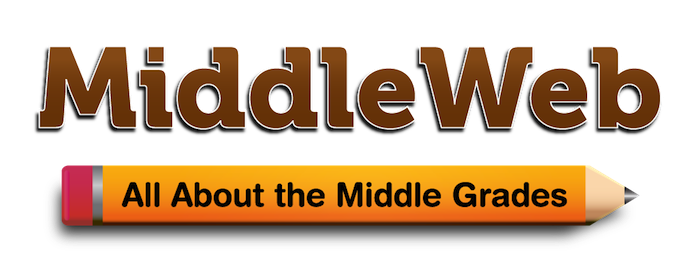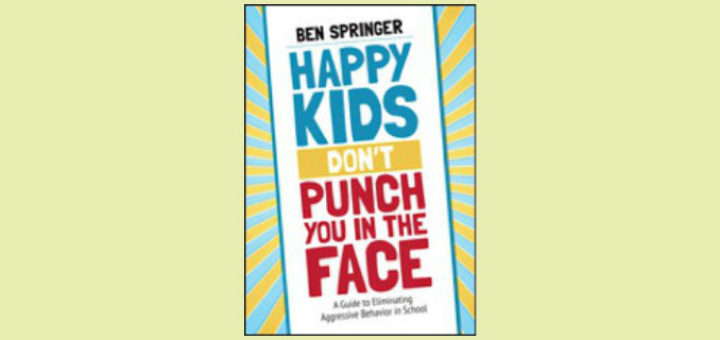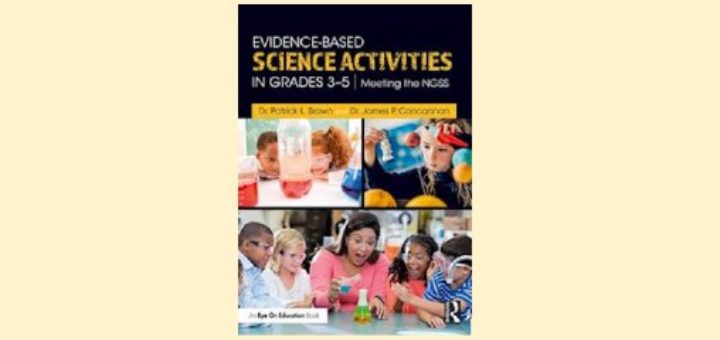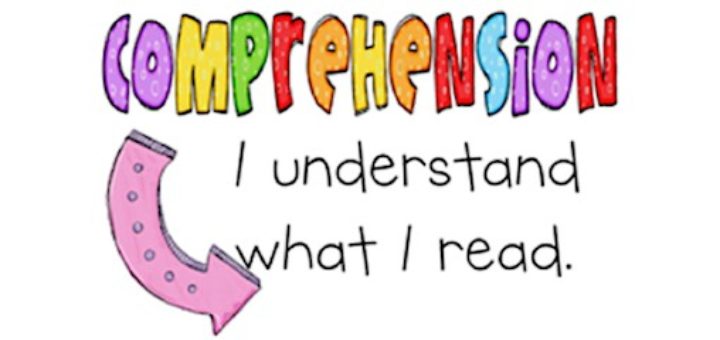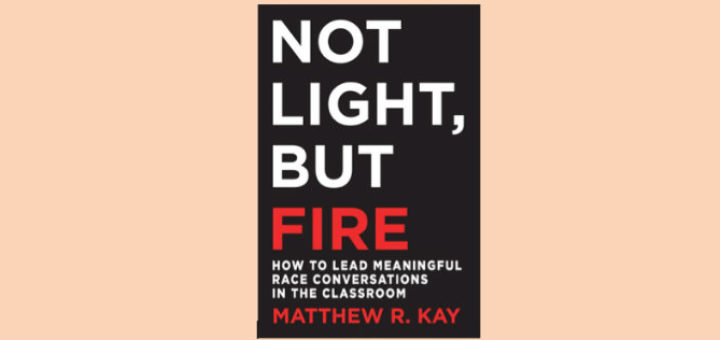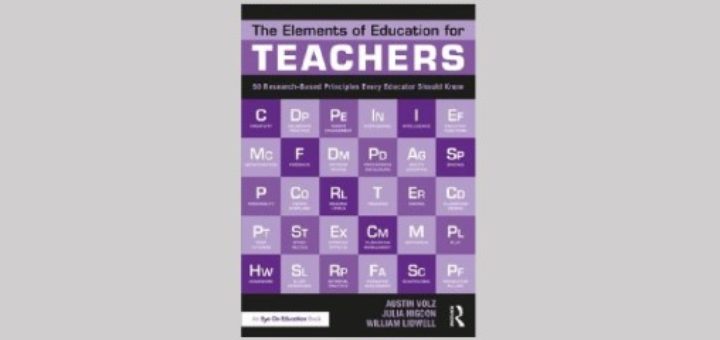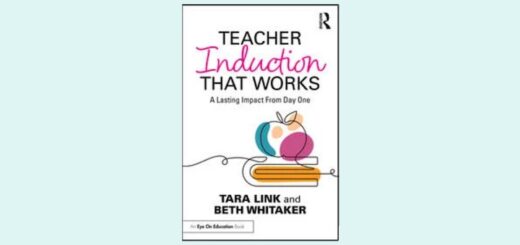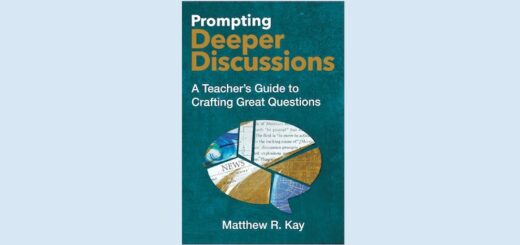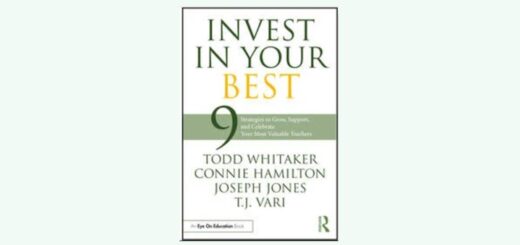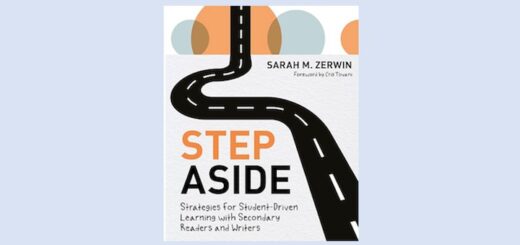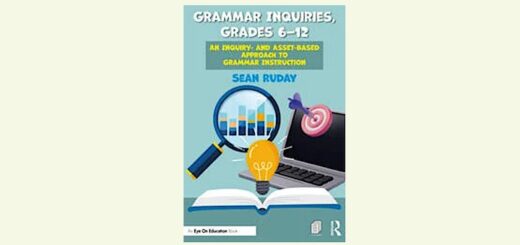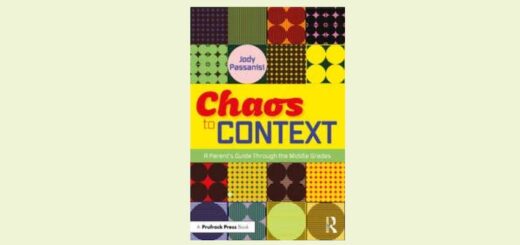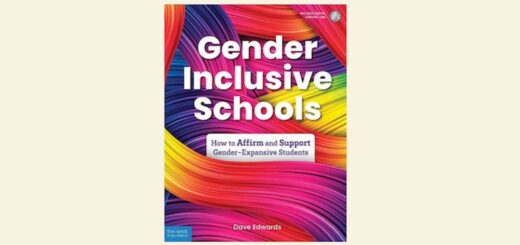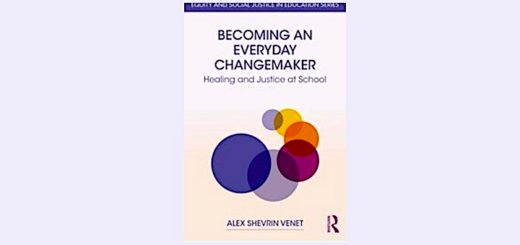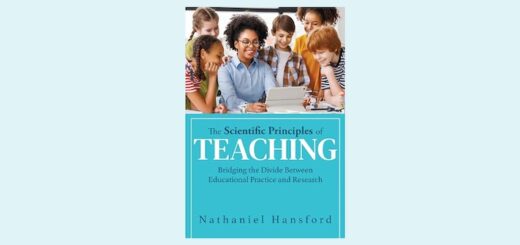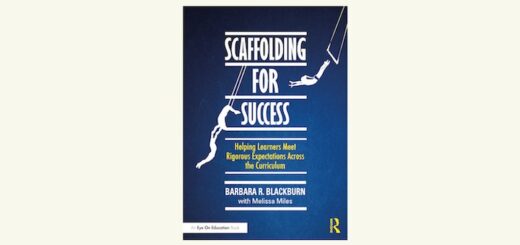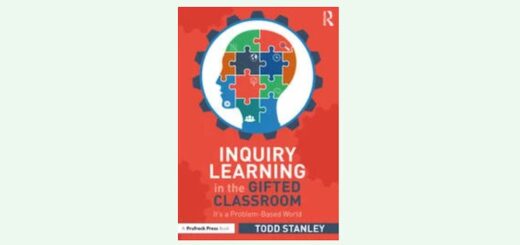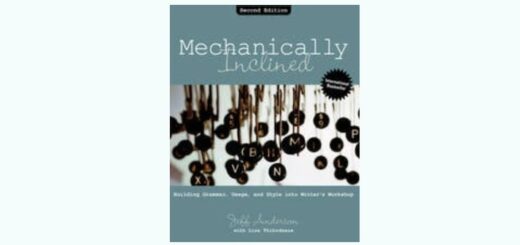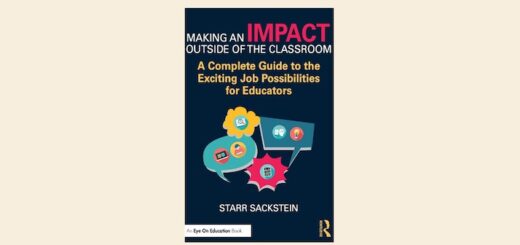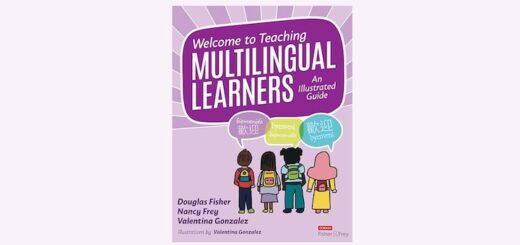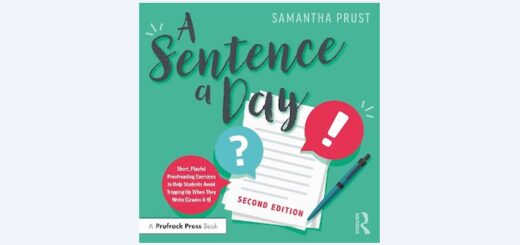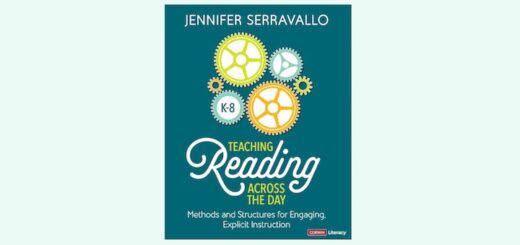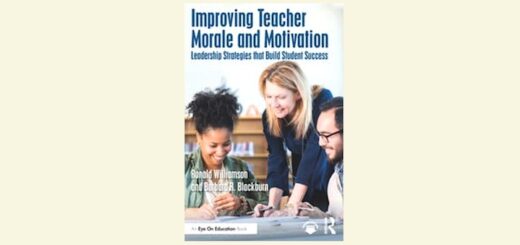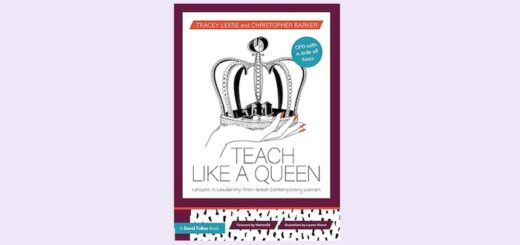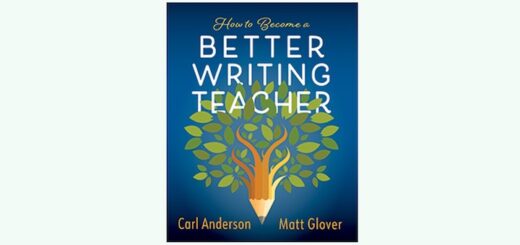Teaching and learning in grades 4-8
In presenting a guide to eliminating aggressive student behavior, Ben Springer finds the perfect balance – sharing practical and compassionate strategies, support for teachers, allowances for imperfection, and opportunities to smile, writes principal and NBCT Rita Platt.
Evidenced-Based Science Activities is an easy read and might be useful in changing classroom science instruction. Science leader Kathy Renfrew finds some excellent points in the book, including valuable and meaningful research, but notes there is newer research available.
Taking time to refresh your classroom space, renew positive relationships and reinforce routines you established in the fall is time well-spent the first week back in January. Consultant Stacey Shubitz also recommends getting a head start on the new year with some December prep.
When Rita Platt assesses students using CBMs (curriculum based measures) for literacy, she gives the one-minute Oral Reading Fluency tests a twist to make sure comprehension is also being measured. Investigate her technique and a special approach devised for English Learners.
A recent study found drawing can improve our memory more than re-writing or visualizing because it activates more areas of the brain. With this in mind, Megan Kelly set out to incorporate sketchnotes into her English class without it becoming “Language Arts and Crafts.”
It’s hard to strike a balance between nurturing a middle schooler and fostering independence, but they need both from adults in their lives as they toggle between childhood and adolescence. Author and middle school counselor Phyllis Fagell shares 10 ways we can help.
Matthew Kay shows how to establish and maintain a positive classroom community that allows teachers to begin to broach racial discourse with our students in a healthy and productive way. Teacher Nicole Warchol finds Not Light, But Fire “smart, supportive, and necessary.”
The Elements of Education for Teachers offers 100 pages jam-packed with easily accessible, well vetted pedagogies and practices. Each of the 50 elements is presented in a crisp two-page format. Teacher Diane Kaplan has selected several strategies to implement right away.
Rural teacher Brent Gilson wants to help his 7-9 students “begin to see the world as it is and can be” before they leave school. His book clubs and writing projects will help small town kids understand more about people “who at first glance do not seem at all like them.”
Grading never goes away. But what if we approach it as a form of personal PD? Teacher Lauren Brown traces how a history assignment evolved over four years as she paid close attention to what stymied her 8th graders and adapted her instruction to support their learning.
